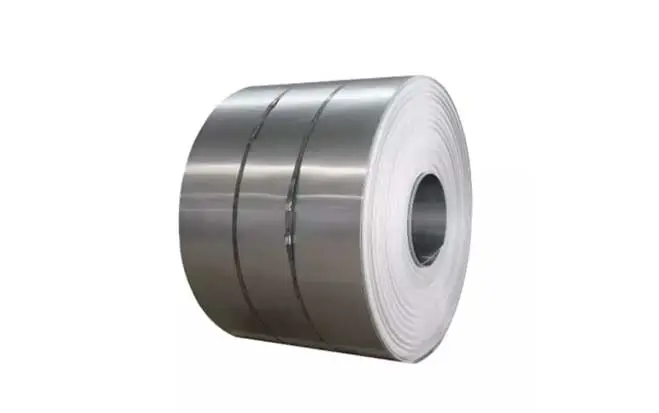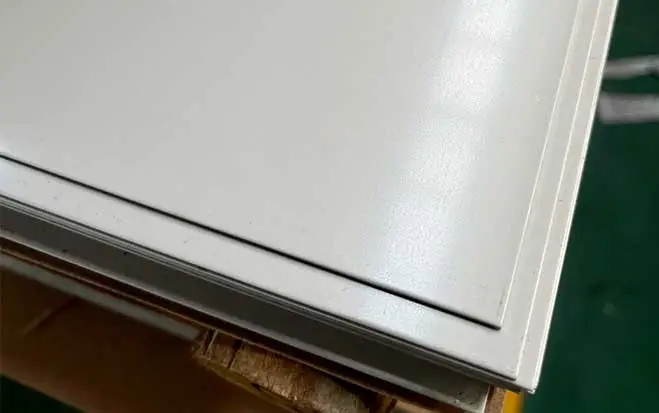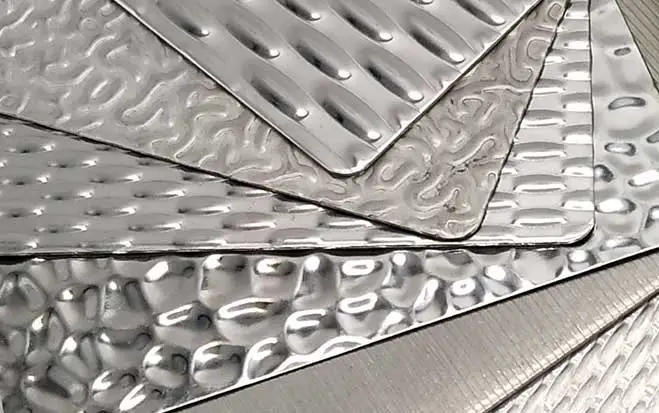Stainless steel is a popular choice for various applications due to its durability, corrosion resistance, and aesthetic appeal. Among the different types of stainless steel, the 200 series has gained significant attention. This series offers excellent formability and can be easily welded, making it a preferred choice for many fabrication projects. In this blog, we will explore the welding and fabrication techniques that are specific to 200 series stainless steel.
The 200 series stainless steel is composed of low-nickel and high-manganese stainless steels that are affordable and easily accessible. These steels are generally non-magnetic and offer good corrosion resistance. However, they can be prone to corrosion in certain environments, especially when compared to the more corrosion-resistant 300 series stainless steel. Understanding the pros and cons of the 200 series stainless steel is essential before starting any welding or fabrication work.
Before welding the 200 series stainless steel, several important factors need to be considered. First, it is essential to select the appropriate filler material that matches the base metal. The filler metal should have a similar chemical composition and mechanical properties to ensure a strong and durable weld joint. Additionally, the use of proper joint designs and adequate joint clearances can prevent distortion and ensure optimal welding results.
There are various welding techniques that can be employed for welding 200 series stainless steel. Some commonly used methods include TIG (Tungsten Inert Gas) welding, MIG (Metal Inert Gas) welding, and spot welding. TIG welding is preferred for thin sheets or delicate components due to its precise control and clean weld appearance. MIG welding, on the other hand, is more suitable for thicker sections or larger components where higher welding speeds are required. Spot welding is commonly used for joining stainless steel sheets together.
When welding 200 series stainless steel, it is crucial to maintain proper heat input. Excessive heat can lead to distortion, loss of mechanical properties, and even the formation of cracks. Therefore, it is recommended to use low heat input, control the interpass temperature, and apply suitable post-welding heat treatments to minimize any adverse effects on the weld and surrounding areas.
Once welding is complete, appropriate post-welding procedures are necessary to ensure the maximum strength and integrity of the fabricated component. This includes proper cleaning and passivation to remove any oxides or impurities that might have formed during welding. Passivation helps to restore the corrosion resistance of the stainless steel, making it less susceptible to corrosion in harsh environments.
In conclusion, welding and fabrication techniques for 200 series stainless steel require careful consideration of various factors. By understanding the properties and behavior of this stainless steel series, selecting the correct filler materials, employing suitable welding techniques, and following proper post-welding procedures, one can ensure optimal results in terms of strength, durability, and corrosion resistance. Whether it be for automotive, architectural, or other applications, the 200 series stainless steel offers great versatility and possibilities in the world of fabrication.
Hot topics that may interest you:
Austenitic Vs Ferritic Vs Martensitic Stainless Steel
Is 409 Stainless Steel Magnetic
what is the difference between 304 and 321 stainless steel
what is PVD coating on stainless steel
Reflectivity of Stainless Steel

College degree, Internation trade Major of CHANGSHA ZHONGSHANG FOREIGN LANGUAGE UNIVERSITY.
Professinal exporting manager of NORMANDY METAL INDUSTRY CO.,LTD.
18 years working experience in STAINLESS STEEL MATERIALS INDUSTRY.



